A rare kind of purr-fect, these cheetahs sure to prosper
The names of four 10 week-old cubs, who are only the second cheetah cubs ever to be bred and born in Sydney, have been revealed
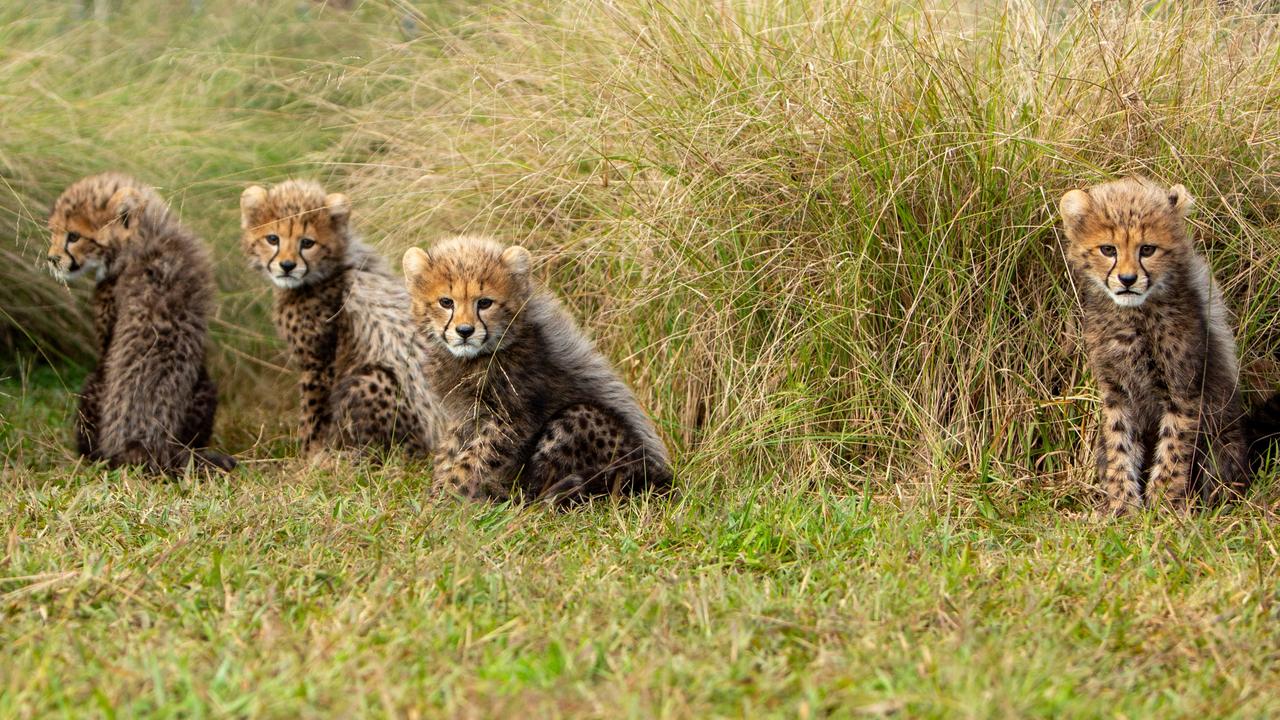
READING LEVEL: GREEN
This litter* of purr-fect cheetah cubs has finally received their names, adding extra spots of joy and excitement for staff and visitors.
The Wild Cat Conservation* Centre in Wilberforce, an hour’s journey northwest of Sydney, has revealed the names of the 10 week-old cubs, who are only the second cheetah cubs ever to be bred and born in Sydney.
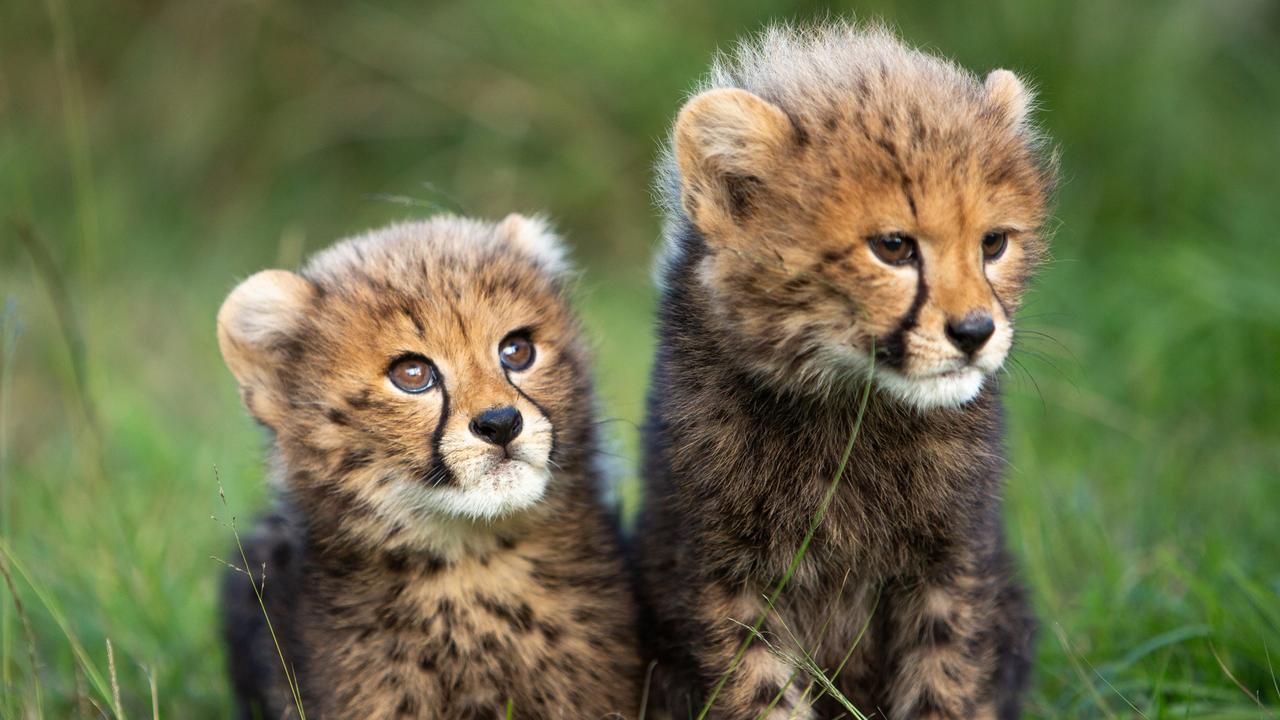
Founder* and centre director Ben Britton said the four cubs – two females Dottie and Darcy, as well as two males Exton and Ezra – are spending a lot of time playing, with their personalities starting to peek through.
“Dottie is actually named after my late grandmother, so it’s a nice little family link there, while Darcy is probably the leader of the group – she’s the smallest, but the most outgoing* out of the four of them,” Mr Britton said.
“Exton and Ezra are the two boys, but like most males we find when they’re young, they’re a little more dopey* than the females, so the sisters have the smarts and the boys provide the size and the back up,” he said.
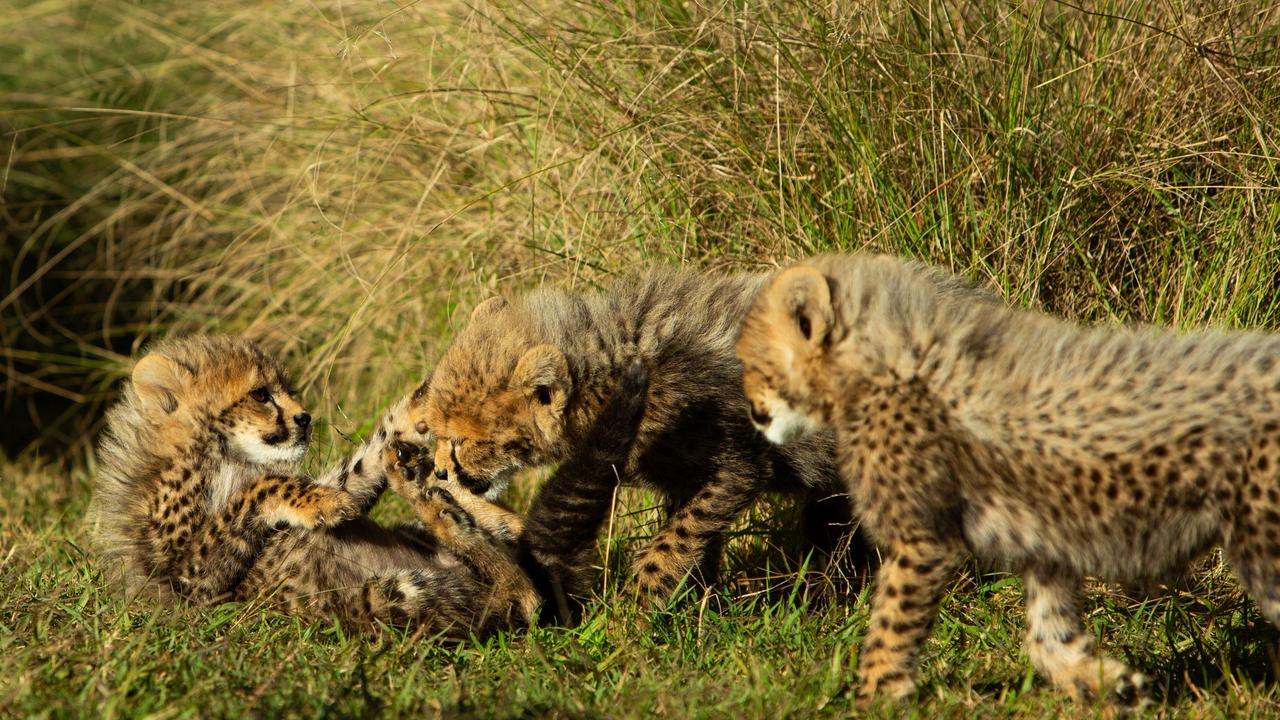
From now to the age of six months the cubs will be assessed* to see if they are suitable to partake* in the The Wild Cat Conservation Centre rewilding* program, with the hopes they will follow their older sister Edie’s footsteps, who was released into the wild in South Africa earlier this year.
“We are proud to be the only organisation in Australia that is returning cheetahs to the wild,” Mr Britton said.
“The success of Edie’s release back in March, the first cheetah ever bred in Australia and returned to the wild shows that it can be done and more importantly it should be done.”
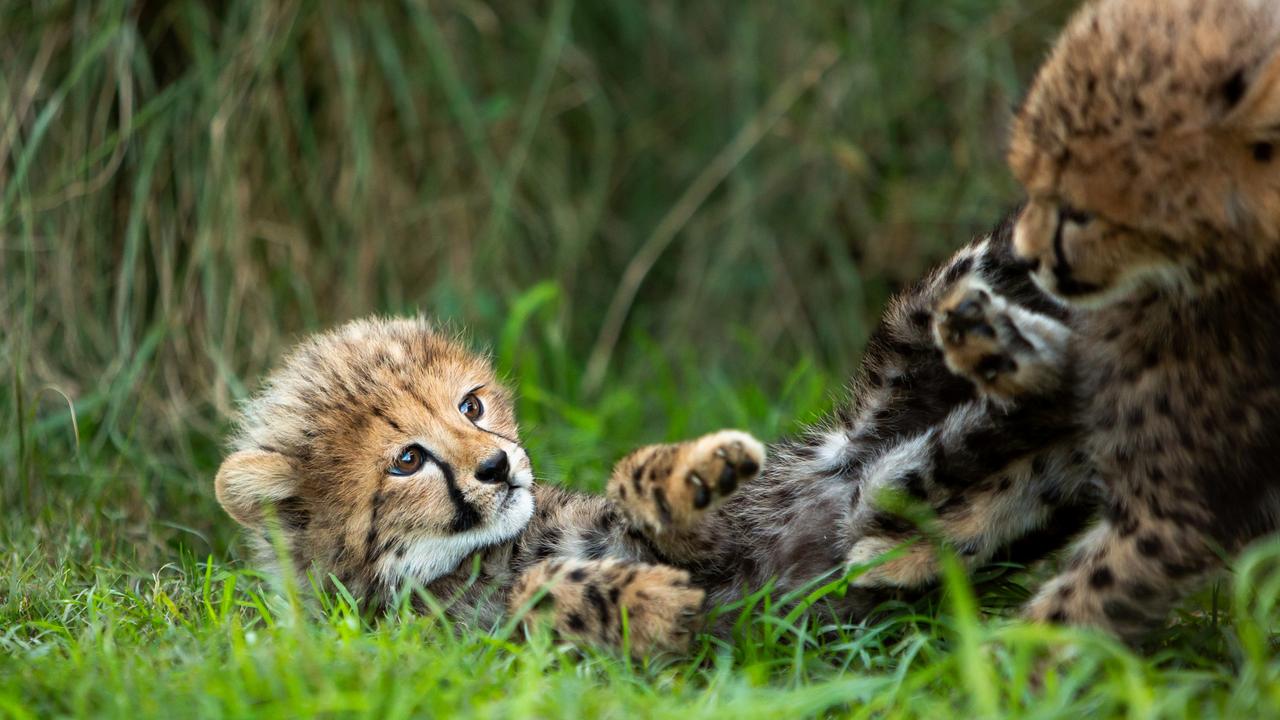
The not-for-profit* foundation* relies on the public’s support to continue their work in conserving* and saving wild cat species from going extinct*.
“We need money, donations and sponsorship* from people to help us do the work we do out here and help us raise the cubs and then ultimately help get them back to the wild,” Mr Britton said.
“It costs us a lot of money to rewild our cheetahs and send them home to Africa — hundreds of thousands of dollars — so we need to raise as much money as possible over the next 12 months to help send these cubs home.
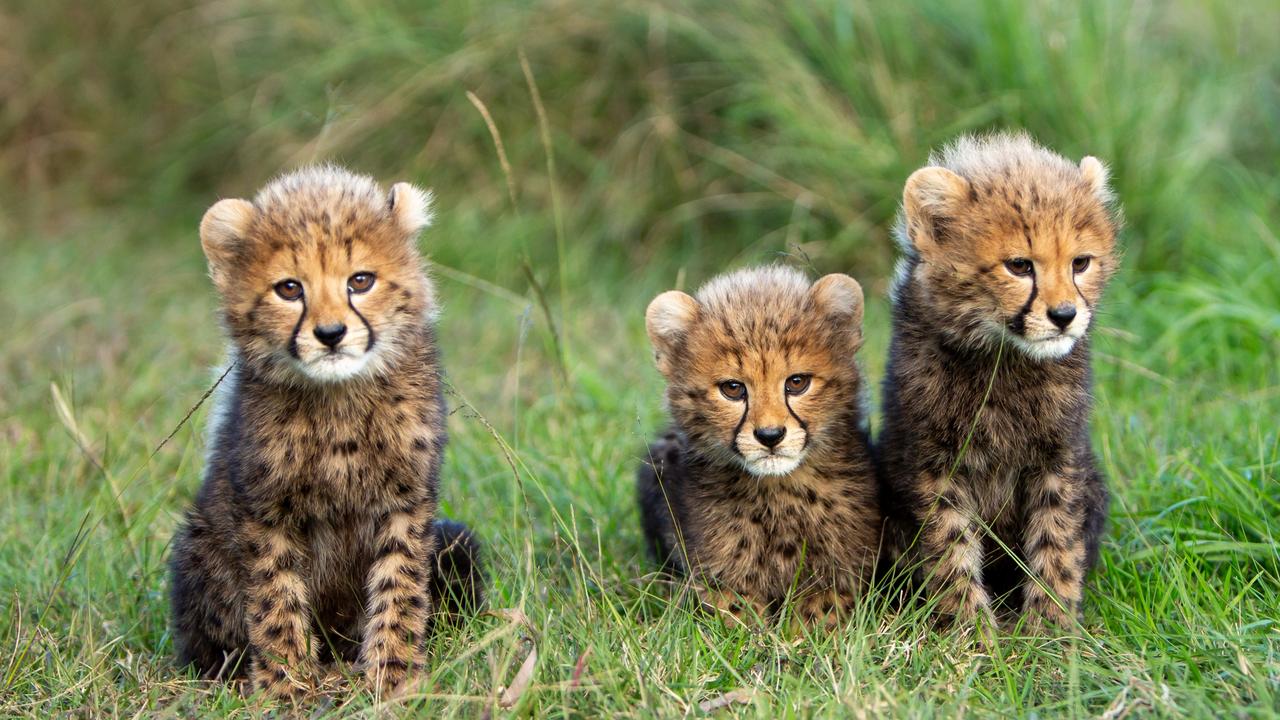
“People can become a cheetah cub donor where they can come out to the centre, meet the cubs and join us in the habitat where they are being fed – coming up nice and close to the cubs, while learning about the rewilding program and the unique work we do out here,” he said.
“With less than 7000 cheetah remaining in Africa, our insurance population* is vital in helping to conserve this amazing species.”
— For more information, visit www.wildcatcentre.org.au
GLOSSARY
- litter: a group of baby animals born at the same time
- conservation: the protection of animals, plants, and natural resources
- founder: a person who starts an organisation or business
- outgoing: friendly and socially confident
- dopey: not very smart or quick-thinking
- assessed: evaluated or judged
- partake: to take part in or join
- rewilding: the process of returning animals to their natural wild environment
- not-for-profit: an organisation that does not make money for personal gain
- foundation: an organisation that supports a particular cause
- sponsorship: financial support from a person or business
- conserving: protecting from harm or destruction
- extinct: no longer existing
- insurance population: a group of animals kept safe to ensure the species does not disappear
EXTRA READING
Bird flu hits more Aussie farms
Penelope the pig graduates from school
Aussies hatch sea creature survival plans
QUICK QUIZ
- What are the names of the two female cheetah cubs?
- Who is the founder and centre director of the Wild Cat Conservation Centre?
- Where were the cheetah cubs born?
- What is the goal of the Wild Cat Conservation Centre’s rewilding program?
- How can people support the Wild Cat Conservation Centre and the cheetah cubs?
LISTEN TO THIS STORY
CLASSROOM ACTIVITIES
1. Rewilding
From now until 6 months old, the cheetah cubs are assessed to see if they are suitable to partake in the rewilding program that the Wildcat conservation centre aims for.
What sort of behaviours and breeding might make these cubs suitable contenders?
–
–
–
Why is it important for conservation centres such as this one, to release Cheetahs back into their natural habitat?
Time: allow 15 minutes to complete this activity
Curriculum Links: English, Science, Personal and Social, Critical and Creative Thinking
2. Extension
What are some fundraising ideas that could help raise money to get these cute Cheetah cubs back home to their natural habitat?
Time: allow 10 minutes to complete this activity
Curriculum Links: English, Science, Personal and Social, Critical and Creative Thinking
VCOP ACTIVITY
Writing Activity
Read the article aloud to the students, or have them take turns reading sections of the article.
Pause after key points to discuss and ensure understanding. For example, ask questions like:
What are the names of the cheetah cubs?
Why is the birth of these cubs significant?
What is the rewilding program?
Why is it important to conserve cheetahs?
Reflective Writing Task
Ask the students to write a short reflection on one of the following prompts:
Imagine you are one of the cheetah cubs. Write a diary entry about a day in your life at the Wild Cat Conservation Centre.
Write a letter to the Wild Cat Conservation Centre expressing your thoughts about the importance of their work and your feelings about the cheetah cubs being released into the wild.
Reflect on why it is important to support conservation efforts and how you can help.
Editing Prompt
Can you edit and Uplevel your writing more engaging for the audience?
Read it aloud to yourself to check it is clear and makes sense.
Read it aloud again with your writer’s voice. Focus on listening to your expression and fluency, and make sure the punctuation and sentence structure match how you want it to sound so the audience can read it the same way.
Check your VCOP targets (vocabulary, connectives, openers, and punctuation) to see if they will capture the audience’s attention.


